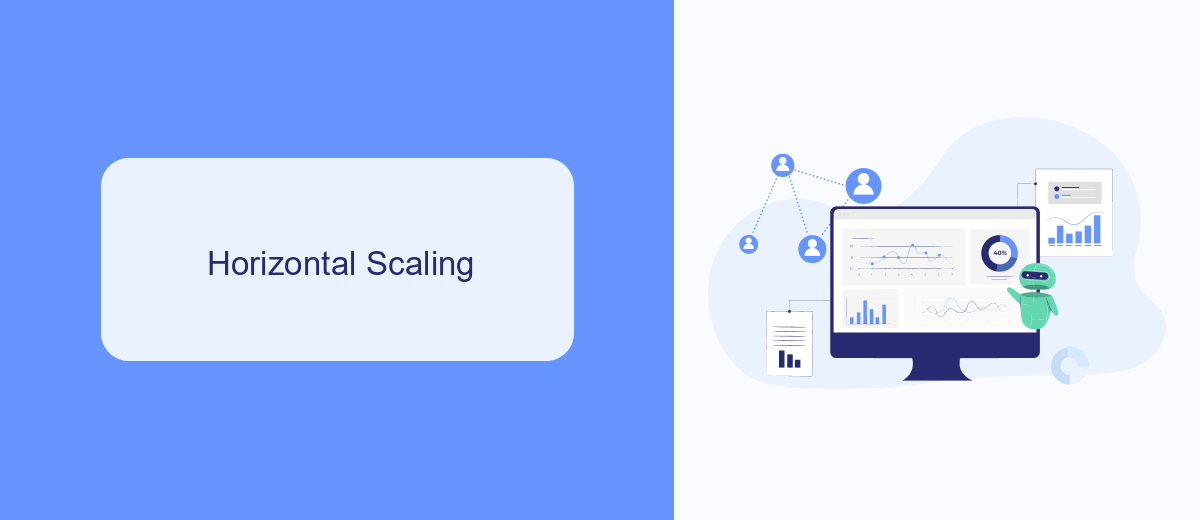When deploying applications on MuleSoft, understanding the differences between horizontal and vertical scaling is crucial for optimizing performance and resource utilization. Horizontal scaling involves adding more instances to distribute the load, while vertical scaling enhances the capacity of existing instances. This article explores the benefits and trade-offs of both approaches to help you make informed decisions for your MuleSoft deployments.
Introduction
In the realm of MuleSoft, an efficient integration platform, understanding the differences between horizontal and vertical scaling is crucial for optimizing performance and resource management. Scaling strategies directly impact how applications handle increased loads and ensure seamless operations.
- Horizontal Scaling: Involves adding more instances or machines to distribute the load.
- Vertical Scaling: Enhances the capacity of a single instance by adding more resources such as CPU or memory.
Choosing the right scaling approach depends on various factors including the nature of the application, budget constraints, and performance requirements. For instance, services like SaveMyLeads, which facilitate automated lead management and integrations, can benefit significantly from horizontal scaling to handle large volumes of data efficiently. Understanding these scaling methods helps in making informed decisions to maintain robust and scalable MuleSoft integrations.
Horizontal Scaling

Horizontal scaling, often referred to as scaling out, involves adding more instances or nodes to a system to handle increased load. In the context of MuleSoft, horizontal scaling can be achieved by deploying additional Mule runtimes to distribute the processing load across multiple servers. This approach enhances the system's ability to manage higher traffic volumes and ensures better fault tolerance, as the failure of one node does not bring down the entire system.
One practical example of horizontal scaling is integrating with services like SaveMyLeads. By distributing the integration tasks across multiple Mule runtimes, businesses can efficiently manage data synchronization between different platforms without overloading a single server. This setup not only improves performance but also ensures that the data flow remains uninterrupted even if one of the nodes experiences issues. Thus, horizontal scaling provides a robust solution for maintaining high availability and reliability in complex integration scenarios.
Vertical Scaling

Vertical scaling, often referred to as "scaling up," involves enhancing the capacity of existing hardware or software by adding more resources, such as CPU, RAM, or storage. This approach is typically simpler to implement compared to horizontal scaling, as it does not require the distribution of tasks across multiple servers. Instead, it focuses on maximizing the capabilities of a single machine to handle increased workloads.
- Upgrade the CPU to a more powerful model to improve processing speed.
- Increase the amount of RAM to enable the handling of larger datasets and more concurrent processes.
- Add additional storage to accommodate growing data requirements.
- Optimize software configurations to make better use of the enhanced hardware resources.
In the context of MuleSoft, vertical scaling can be particularly beneficial for applications that require high performance and low latency. For instance, integrating a service like SaveMyLeads can streamline the process of managing and automating lead data, ensuring that your system can handle increased data loads efficiently. By scaling up your MuleSoft infrastructure, you ensure that your integrations remain seamless and performant even as your data and user demands grow.
Comparison of Horizontal and Vertical Scaling

When considering scaling in MuleSoft, it's important to understand the differences between horizontal and vertical scaling. Horizontal scaling involves adding more instances or nodes to distribute the load, whereas vertical scaling means enhancing the capacity of existing nodes by adding more resources like CPU or RAM.
Horizontal scaling is generally more flexible and can provide higher availability and fault tolerance. Vertical scaling, on the other hand, can be simpler to implement but may have limitations in terms of scalability and single points of failure.
- Horizontal Scaling: Adds more instances or nodes.
- Vertical Scaling: Enhances existing node capacity.
- Flexibility: Horizontal scaling offers more flexibility.
- Implementation: Vertical scaling is simpler to implement.
- Fault Tolerance: Horizontal scaling provides higher fault tolerance.
For services like SaveMyLeads, which help automate integrations, horizontal scaling can ensure that the system remains responsive under high load by distributing tasks across multiple nodes. Vertical scaling can be useful for quickly boosting performance without architectural changes, but it may not be sustainable for long-term growth.
Best Practices for Choosing Scaling Approaches
When deciding between horizontal and vertical scaling in MuleSoft, it is crucial to evaluate your specific needs and future growth plans. Horizontal scaling, which involves adding more instances or nodes, is generally more flexible and can handle increased loads more effectively. However, it requires a robust load balancing strategy and can be complex to manage. Vertical scaling, on the other hand, involves upgrading the existing hardware or resources of a single instance. This approach is simpler to implement but has limitations in terms of maximum capacity and can lead to single points of failure.
For optimal results, consider a hybrid approach that leverages both scaling methods. Start by vertically scaling to maximize the efficiency of your existing resources, and then implement horizontal scaling to manage higher loads and ensure redundancy. Utilizing integration services like SaveMyLeads can also streamline the process by automating data flows and reducing the manual effort required for scaling. Always monitor performance metrics and adjust your scaling strategy based on real-time data to ensure seamless and efficient operations.
- Automate the work with leads from the Facebook advertising account
- Empower with integrations and instant transfer of leads
- Don't spend money on developers or integrators
- Save time by automating routine tasks
FAQ
What is horizontal scaling in MuleSoft?
What is vertical scaling in MuleSoft?
When should I choose horizontal scaling over vertical scaling in MuleSoft?
What are the key benefits of vertical scaling in MuleSoft?
How can I automate the scaling process in MuleSoft?
What do you do with the data you get from Facebook lead forms? Do you send them to the manager, add them to mailing services, transfer them to the CRM system, use them to implement feedback? Automate all of these processes with the SaveMyLeads online connector. Create integrations so that new Facebook leads are automatically transferred to instant messengers, mailing services, task managers and other tools. Save yourself and your company's employees from routine work.

